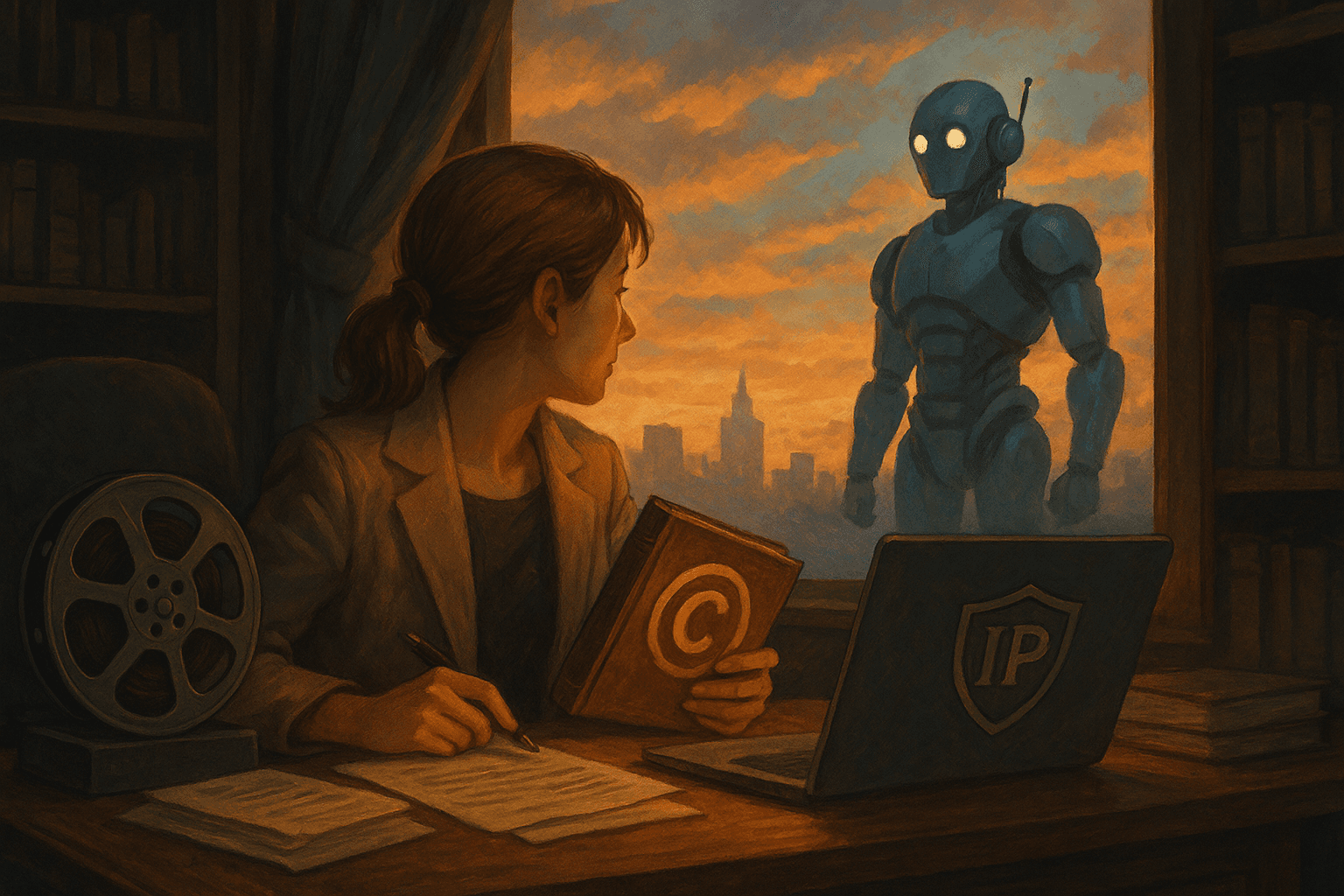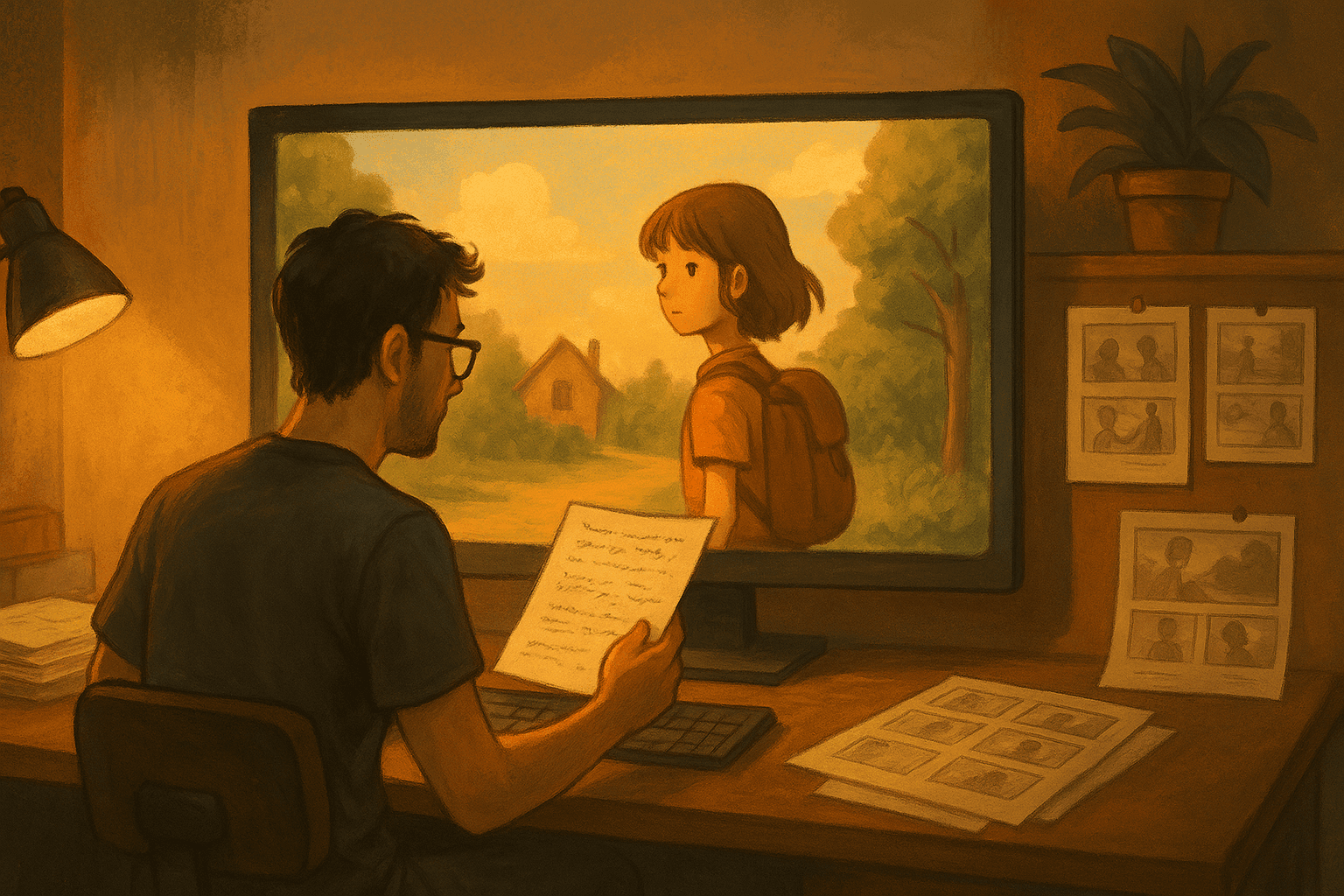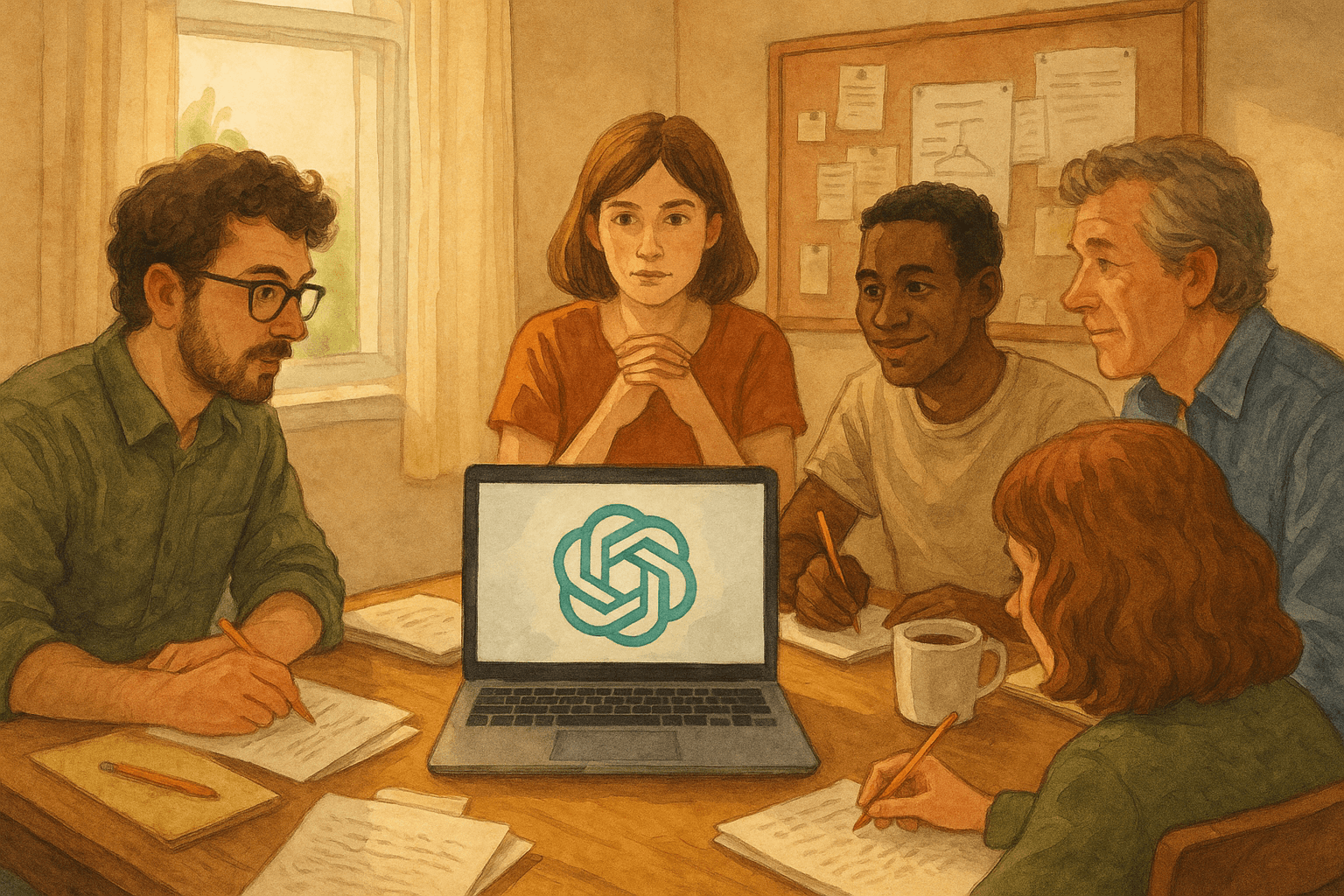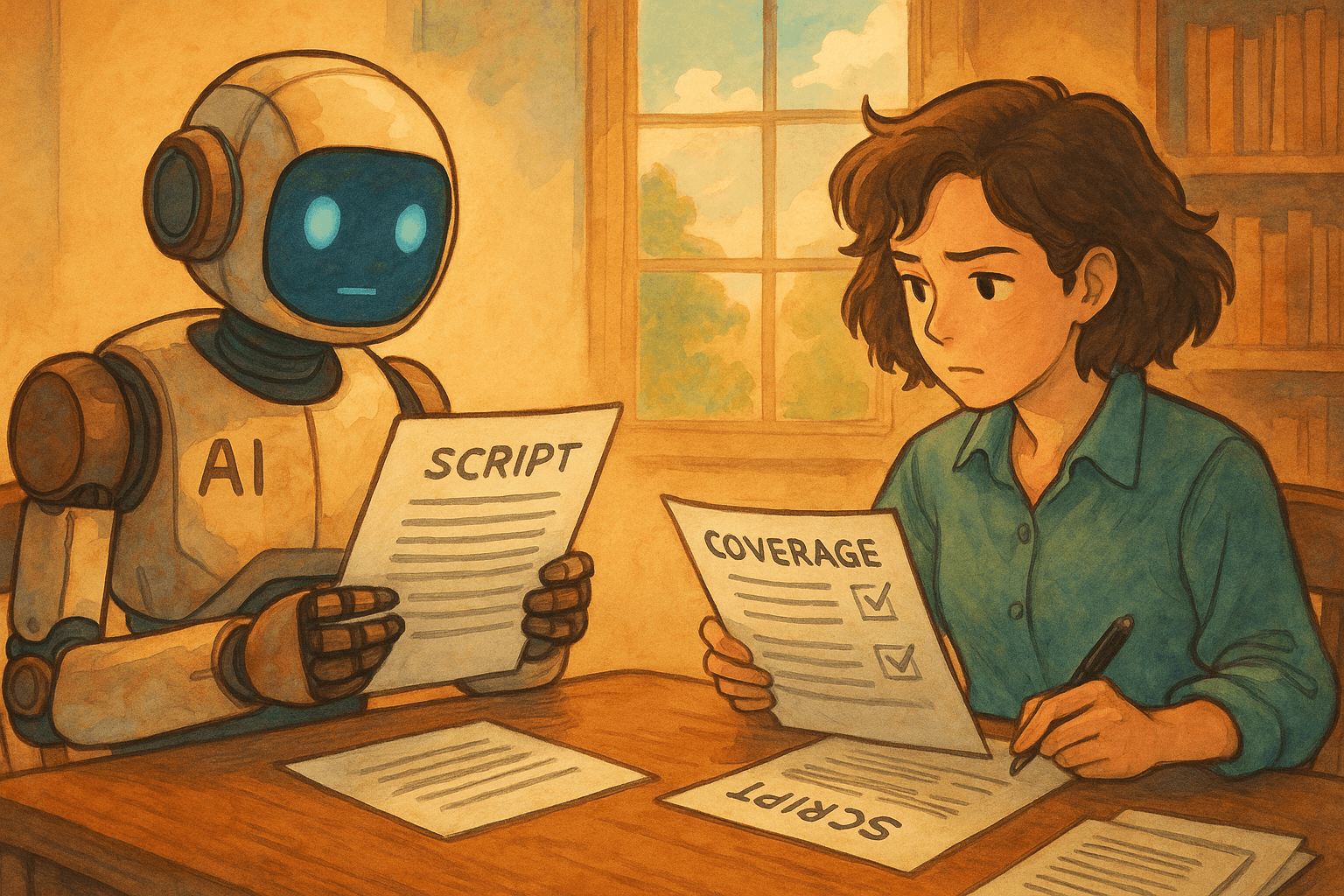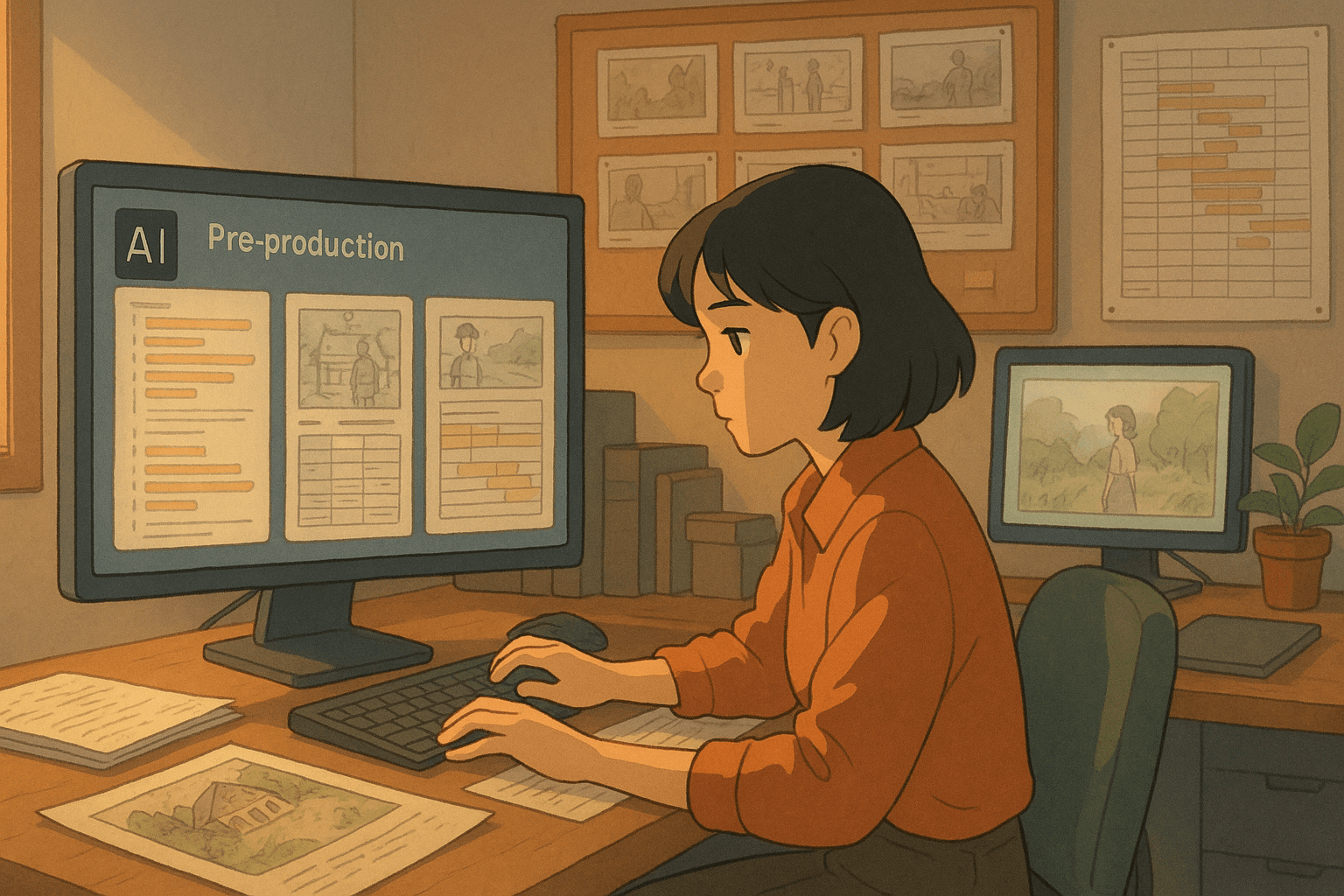Introduction: New Frontiers, New Risks
The golden age of filmmaking has entered a new frontier: AI-assisted development. But with generative models capable of imagining entire scenes, characters, and visual concepts, new questions arise: Who owns what? Can you protect an AI-generated twist? How do you license or enforce rights when AI plays a role?
In this guide, we’ll map out how copyright and intellectual property law interact with film + AI. We’ll explore strategies to protect your work (even when AI is involved), spotlight common legal pitfalls, and show how producers should draft contracts in the age of generative media.
Why AI Changes the IP Equation
-
Generation vs. Invention
Traditional IP doctrine emphasizes human authorship. When an AI contributes a novel idea or visual element, copyright law may not clearly recognize it. Can the output be copyrighted at all? Or is it owned by the user, the tool, or no one? -
Mixing Licensed & Generated Elements
If your AI model is trained (or fine-tuned) on copyrighted works, generated output may reflect those source works. That raises derivative work and fair use concerns. And if someone’s likeness or character design slips through, you could face infringement claims. -
Chain of Title & Attribution
In a conventional film, the chain of title traces contracts, assignments, and registrations. With AI-generated content interlaced, preserving a clear record of which parts were AI, when, under what prompt becomes critical. -
Default Licensing & Platform Terms
Many AI platforms grant broad user rights but retain residual or internal usage rights. You must understand whether commercial use is allowed, whether you can sublicense, and whether the output is encumbered by the AI provider’s terms. -
Moral & Ethical Rights
Even when an AI is used, human authors may assert moral rights (e.g. attribution, integrity). If an AI-generated adaptation distorts the original author’s conception, there may be reputational risk or contractual backlash.
Core Strategies to Protect Your AI-Enhanced IP
1. Define Human vs. AI Contributions Explicitly
In your creative contracts, include a “Creative Attribution Addendum” that delineates what parts came from human authors and what is assisted by AI. This way, downstream claims or audits can parse ownership more clearly.
2. Secure Prompt & Version Records
Maintain a versioned “Prompt Ledger” for every AI invocation: prompt text, date/time, model version, seed or randomization metadata, and resulting output. This turns your AI usage into traceable evidence in disputes.
3. Use “Hybrid Ownership” Agreements
Negotiate with collaborators or talent so that the human author retains primary copyright, while granting you broad license to use, adapt, and commercialize the AI-assisted output. This avoids ambiguity about “full ownership.”
4. Require Representations & Warranties about Prior Material
Have all parties confirm that any input prompts or references don’t infringe third-party rights. For instance: “No prompt or reference uses a trademarked character or likeness unless rights have been cleared.”
5. License Output, Don’t Assign It Blindingly
Rather than trying to assign all AI outputs forever, consider non-exclusive or term-limited licenses that let you update or replace AI material later. This gives flexibility in future technologies or platform shifts.
6. Record & Register What You Can
For any AI-assisted work you produce (script, concept art, storyboard, animatic), record the human-authored portions in your name, and where possible register them with copyright offices. Keep your prompt logs and version history as evidence. A strong registration can help enforce against infringers even if full AI output ownership is murky.
7. Build in Reversion & Audit Rights
Your contracts should allow you to audit collaborators’ AI logs or reversion rights if material is later found infringing. This ensures transparency and recourse.
Sample Clauses to Consider
| Clause | Purpose |
|---|---|
| Prompt & Output Ledger | Obliges all parties to furnish prompt history and version data on request. |
| AI Attribution & License Carve-Outs | Clarifies which parts are human-authored vs AI-assisted, and how each may be used. |
| Cleanup & Replacement Rights | Allows you to replace or re-generate portions of a film if AI output causes legal risk. |
| Indemnity & Risk Escrow | Sets aside funds or obligations for claims arising from AI‐generated content. |
| Reversion on Infringement | If AI-derived sequences are challenged, gives you rights to revert control or remove them. |
Use Case: Visual Style + Concept Scene
Imagine you commission a short concept sequence using AI: you prompt, “A dystopian rooftop chase under neon rain, characters in silhouette, gunfire bursting.” The output inspires your cinematographer and VFX lead. But later you notice the AI’s skyline strongly resembles a copyrighted film cityscape. That resemblance could trigger claims. Using your prompt logs and human vs AI distinction clauses, you can revise or remove the sequence—or defend it based on human authorship over the prompt design.
Risks & Red Flags to Watch
- Overreliance on AI: Don’t let AI become “black box magic.” If your entire idea is derivative, you lose leverage in disputes.
- Platform license shifts: AI providers may change terms, introducing residual use, revoking commercial rights, or forbidding certain uses. Always monitor license agreements.
- Likeness misuse: Be very cautious when AI tools allow “cameos” or likeness insertions—these require explicit consents.
- Watermark bypass: Some users report watermark removal by third parties (for example, in Sora 2). That undermines attribution claims.
- Regulatory & AI law changes: Legislation around AI, attribution, and data use is evolving rapidly. Contracts should anticipate future shifts (e.g. requiring renegotiation).
Looking Forward: Best Practices for AI Film Creations
- Use modular AI pipelines (e.g. AI concept → human refinement → final) so that your human contribution remains separable.
- Build strong metadata & versioning into your creative workflow from day 1.
- Maintain insurance buffers and set aside legal reserve for AI-related claims.
- Build relationships with AI providers who offer enterprise-level licensing, transparency, and indemnity.
- Monitor case law and new statutes around AI, and be ready to adapt your contracts accordingly.
Conclusion
AI opens exhilarating new creative dimensions—but with them come legal and ownership complexities that filmmakers can’t afford to ignore. By treating AI as a co-pilot (not a replacement), structuring contracts with clarity, retaining prompt logs, and guarding your chain of title, you can harness generative tools without losing control over your work.
When AI is in the mix, protection isn’t passive—it must be engineered. Stay intentional, stay documented, and build your creative future with both imagination and legal rigor.
